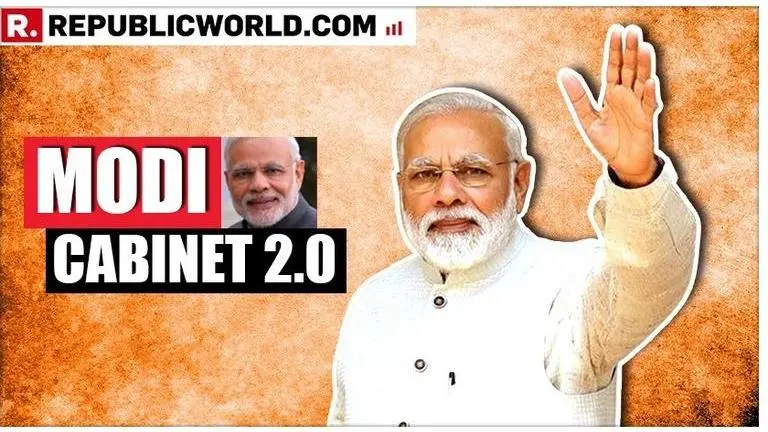Updated 29 May 2019 at 17:43 IST
Modi Cabinet 2.0: Details of prospective formula for determining Ministers and MoS distribution among NDA parties accessed
As preparations are underway for the swearing-in ceremony of Prime Minister Narendra Modi, BJP chief Amit Shah held a meeting on Tuesday evening at 7 Lok Kalyan Marg with the PM-elect Modi for six hours
- India News
- 0 min read

As preparations are underway for the swearing-in ceremony of Prime Minister Narendra Modi, BJP chief Amit Shah held a meeting on Tuesday evening at 7 Lok Kalyan Marg with the PM-elect Modi for six hours. On Wednesday, May 29, JD(U) chief and Bihar CM Nitish Kumar met the BJP president at his residence for around half an hour after he arrived in New Delhi on the same morning. Amidst the suspense around the selection of candidates for the next cabinet of PM-elect Modi, Finance Minister Arun Jaitley wrote a letter to the PM opting out of being entrusting any responsibility in the upcoming government.
At the time of publishing, another meeting between the Prime Minister and MP-elect from Gujarat's Gandhinagar, Amit Shah is underway. On the other hand, Trinamool chief Mamata Banerjee and Chief Minister of Kerala Pinrayi Vijayan will not attend the swearing-in. Adding to this, sources also said that Congress chief Rahul Gandhi may also skip the ceremony.
In the midst of all the developments regarding the composition of the upcoming government, sources have given important inputs about how ministerial berths may be divided:
As per sources:
Advertisement
There will be about 70-80 ministers in the upcoming Modi government, including Ministers of State (MoS). However, on Thursday only 40-50 ministers will take the oath along with the Prime Minister.
For the BJP leaders, the formula being suggested is of 1 minister per 6 Members of Parliament (MPs). With the BJP having won 303 seats, this equates to 50 ministers
For NDA allies, the formula is one minister and one Minister of State (MOS) for each 6 MP. With the allies winning 50 seats, this equates to about 8 Ministers and 8 Ministers of state.
Incumbent Ministers are likely to be picked again based on whether or not they performed in their existing charges, with merit being the most important criteria.
In the Lok Sabha elections 2019, the BJP allies bagged 50 seats all around the country.
Advertisement
- The Uddhav Thackeray-led party repeated its 2014 performance by winning 18 seats in Maharashtra.
- Bihar Chief Minister Nitish Kumar-led Janata Dal (United) won 16 Lok Sabha seats, up from what was two in 2014 when it had fought against NDA.
- Ram Vilas Paswan’s Lok Janshakti Party (LJP) won all of the six seats it contested in Bihar.
- BJP’s other traditional ally, the Shiromani Akali Dal (SAD), managed to win just two seats in Punjab amid a serious campaign led by Congress’ Amarinder Singh there.
- In Uttar Pradesh, BJP ally Apna Dal won two seats.
- One of BJP’s new allies — the All India Anna Dravida Munnetra Kazhagam (AIADMK) — managed to win just one seat in Tamil Nadu.
- In Jharkhand, BJP ally All Jharkhand Students Union (AJSU) won one seat.
- In Rajasthan, Hanuman Beniwal-led Rashtriya Loktantrik Party (RLD) won one seat.
- In Nagaland, Nationalist Democratic Progressive Party (NDPP) won one seat.
- Mizoram's Mizo National Front (MNF) and National People's Party (NPP) also bagged one seat each.
PM Modi will be sworn in for his second term at 7 pm on Thursday. Watch Republic TV for non-stop coverage of the government formation.
Published By : Navashree Nandini
Published On: 29 May 2019 at 14:32 IST
